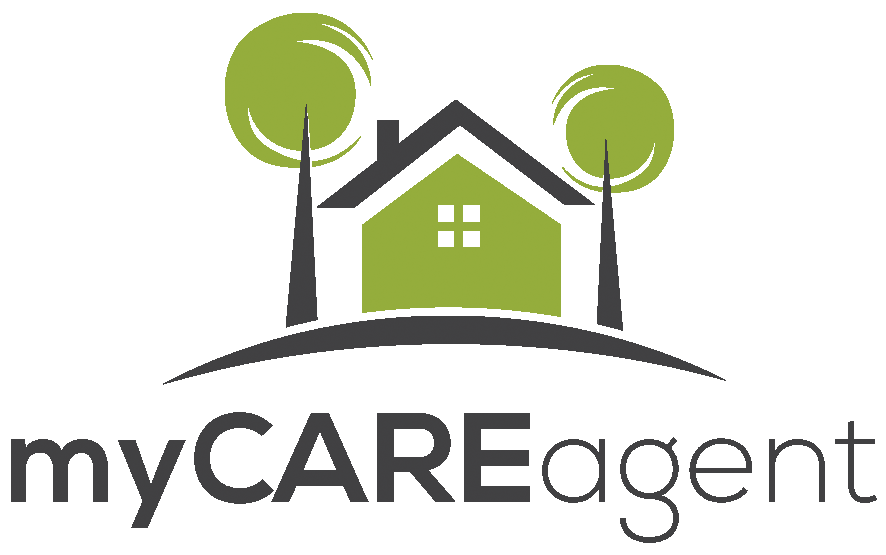
My, how houses have changed! Everything changes over the years to reflect consumer’s taste and improvements in technologies, and the housing industry is no exception.
Taking a look back at the evolution of housing from the 1950s to today, we can see the changes in homebuyer’s priorities and lifestyle. A new interactive graphic from Fielding Homes documents some of the following changes we have seen in single-family homes over the last few decades.
1950s


|

|

|

|
Homes in the 1950s tended to have more bathrooms than bedrooms! On average, homes had more shower space than sleep space with 1.5 bedrooms and 2.35 bathrooms. The simple design of minimal traditional was appropriate for a country recovering from war. These were the years of pastels, with canary yellow and petal pink as the most popular appliance colors.
Average Household Size: 3.37
Average Home Size: 983sf
Average SqFt per Person: 292sf
Average Vehicles per Household: 1.43
1960s

|

|

|

|
The average home size grew to 1,200sf as the bedroom and bathroom ratio flipped. On average, homes now boasted an average of 2.5 bedrooms and 1.5 bathrooms. This decade’s homes captured the spirit of mid-century modernism, a style that added sleek, futuristic touches that became iconic of the era. Adding a high contract of neutral and neon, the 60s saw turquoise and coppertone as its appliance colors of choice.
Average Household Size: 3.33
Average Home Size: 1,200sf
Average SqFt per Person: 360sf
Average Vehicles per Household: 1.28
1970s

|

|

|

|
Home size grew in the 70s to include an extra bedroom (3), although the bathroom average remained about the same. Late modernist homes combined the style of the 60s while moving back toward the simple ranch aesthetic that would continue for decades. One of the most iconic color combinations in American homes, avocado and harvest gold, brought a bright pop of color to the appliances of the 70s.
Average Household Size: 3.14
Average Home Size: 1,500sf
Average SqFt per Person: 478sf
Average Lot Size: 10,125sf
Average Vehicles per Household: 1.28
Average TVs per Household: 1.57
1980s

|

|

|

|
Though the average number of bedrooms remained the same from the decade before (3), houses began to add more bathrooms to accommodate their occupants, averaging 2 per home. The split-level ranch added an extra floor (or two) to the simplistic design of the ranch home of prior years. Tapering back the bold choices of the past decades, the 80s began to incorporate more neutrals into the appliance color schemes with almond and beige.
Average Household Size: 2.76
Average Home Size: 1,740sf
Average SqFt per Person: 630sf
Average Lot Size: 9,180sf
Average Vehicles per Household: 1.58
Average TVs per Household: 1.57
1990s

|

|

|

|
Houses grew more in size than in style in the 1990s, opting for higher ceilings and two-car garages. Though the square feet per person increased by 21% compared to the 1980s, the average number of bedrooms and bathrooms remained the same. A more muted color scheme was apparent in the 90s styling, with black as the top color for appliances.
Average Household Size: 2.63
Average Home Size: 2,080sf
Average SqFt per Person: 791sf
Average Lot Size: 10,000sf
Average Vehicles per Household: 1.73
Average TVs per Household: 1.6
2000s

|

|

|

|
Northwest contemporary homes began to incorporate more neutral elements into their construction, including wood and brick, after being influenced by the international design movement. Homes sizes remained relatively stagnant from the 1990s to the early 2000s, growing less than 10% and averaging 3.34 bedrooms and 2.37 bathrooms per home. The new millennium brought a futuristic feel into our homes with stainless steel appliances.
Average Household Size: 2.62
Average Home Size: 2,266sf
Average SqFt per Person: 865sf
Average Lot Size: 8,930sf
Average Vehicles per Household: 1.92
Average TVs per Household: 2
2010s

|

|

|

|
As houses continued to grow and lot sizes stayed the same, architecture has continued to build upwards, with more floors and higher ceilings. Environmental considerations and the small house movement also added features for more eco-friendly living. Room counts of bedrooms and bathrooms remained consistent into the second decade of the new millennium, with a personal living space increase of 9%. Minimalism is the new style, opting out of bold color choices and adding in facades to help appliances seamlessly blend in with the kitchen décor. With more and more convenient ways to enjoy at-home entertainment, many homeowners have increased the size of their screens as well as the number of televisions on their walls, averaging 3 per home.
Average Household Size: 2.59
Average Home Size: 2,392sf
Average SqFt per Person: 924sf
Average Lot Size: 8,900sf
Average Vehicles per Household: 2.11
Average TVs per Household: 2.93











0 Responses
Seems like houses have evolved a lot in the U.S, however, they never change the way they look since they always look perfect and well built. I really wish I could build a house like that in the future.
Ah, avocado and harvest gold, a sure sign that the house was decorated in the 70s! 🙂 It’s amazing the changes that houses and decor have gone through. I wonder what inspired the switch to a more neutral color scheme in the 80s; perhaps it was a refuge from all the neon and bright colors in clothing. The average number of televisions seems to really start climbing with the introduction of cable TV and especially with technological advances in the 2000-2010s. I wonder if this will continue with phone technology, or if it will start to drop.